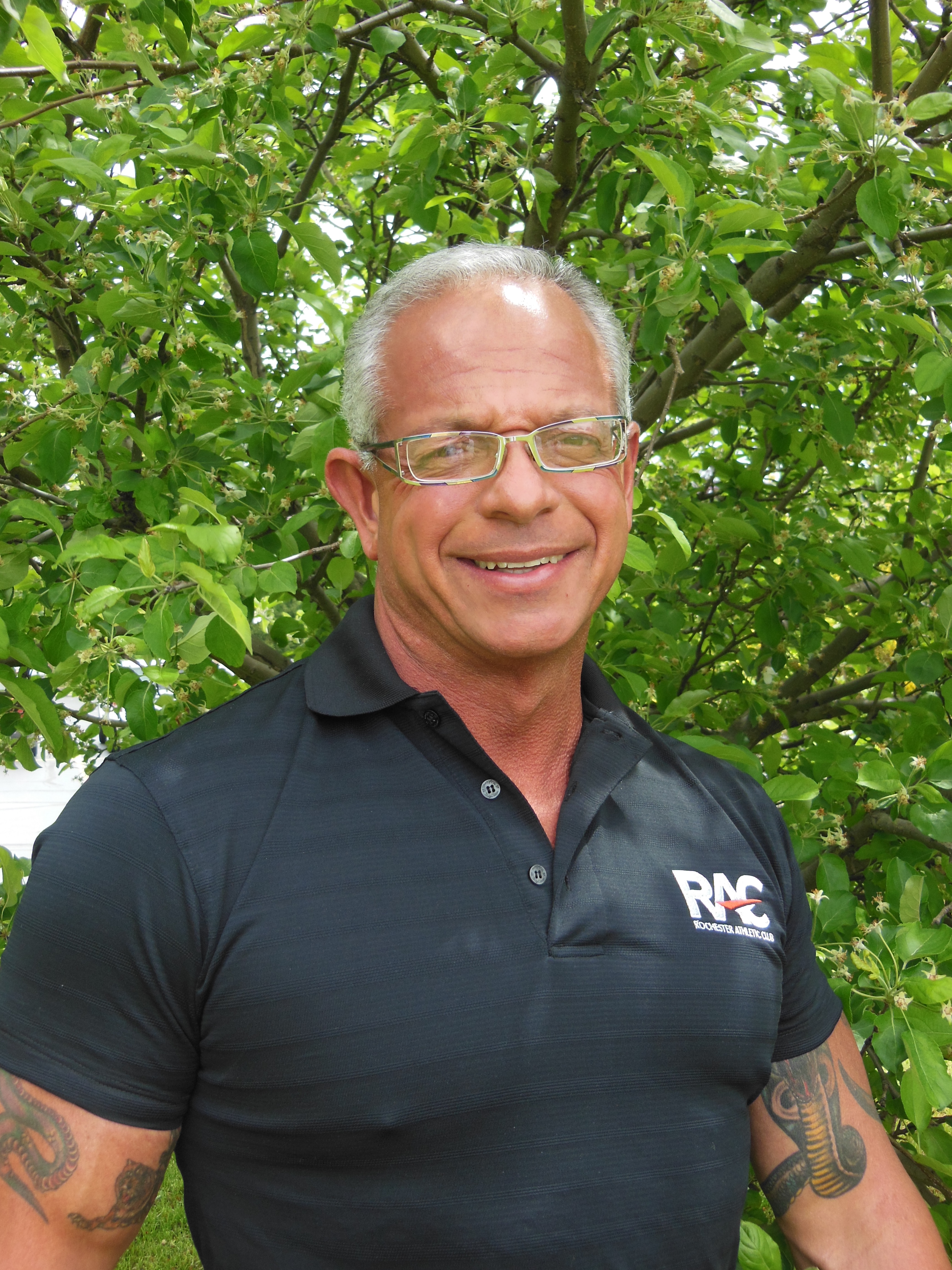What should individuals 45 years of age and older look for when shopping (interviewing) for a personal trainer? According to recent research, 51% of all personal training clientele are 45 years of age or older. This would stand to reason as this group has over 50% of the discretionary income, and more importantly spend more of their income on health then any other item, according to the World Health Organization.
If you are considering training this demographic, here are some concerns that you need to be aware of.
- First things first. Ensure you are certified to work with people who may have physical and mental conditions.
- You must offer programs designed to meet the needs of those with a variety of chronic health conditions, i.e. cardiovascular disease, diabetes, balance abnormalities, muscular weakness, osteoporosis, hypertension, arthritis, depression, dementia, etc.
- As the trainer, you should work on goal setting with this and provide written or printed exercise programs. Be sure that the goals are real world goals, i.e. playing with their grand children, gardening, and housework and basically improve their overall ability to function on a day-to-day basis, etc.
- Make certain that all your programs have different levels of intensity, duration and frequency, and are offered at various levels of attention.

- Make sure you have these clients undergo an extensive functional assessment program, i.e. balance, range of motions, strength, cardiovascular health, etc.
- Offer monthly updates in goals and assessments and ongoing encouragement.
- Your programming should incorporate cardiovascular, strength, flexibility and balance training, with a warm-up and cool down period. This training should be based on their level of function and desired goals.
- Be willing to work with their physician and other healthcare providers.
- Be able to provide rehabilitation programs designed to meet the needs of those with physical limitations.
- You need to provide programming within the six dimensions of wellness: spiritual, vocational, physical, social, emotional and intellectual.
- Many barriers exist for the 45 plus market, the most common challenges typically cost little to address, such as staffing and staffing issues:
- You NEED to be polite, friendly and caring, and enjoy serving older clients.
- Also, greet them warmly and professionally every time they enter the facility.
- Have knowledgeable about the impact medication can have on exercise.
- Offer flexible hours and program times.
- The facility that you work in must offer age-friendly fitness equipment that is accessible.
- Be aware of accessible programs and services for people with disabilities.
These are only a few of the many items and services that should be addressed by a personal trainer who wants to provide services to the 45 plus population. However, according to recent research, the fact that more adults are recognizing the health benefits of exercise, fitness is becoming one of the fastest growing fields.
 Robert Bovee Certified Master PPT, RTS, ETS, FTS
Robert Bovee Certified Master PPT, RTS, ETS, FTS
As one of the most successful Professional Personal Trainers and Exercise/Fitness Therapists in the United States, Robert continues to remain at the forefront of the industry by providing his clients with a thorough education and the tools to implement that education. By improving his client’s physical health, strength, endurance, cardiovascular fitness and nutritional habits, he is able to motivate them to lead longer, happier and more productive lives. Find out more about Robert and his personal training career and services, here.
Guest authors offer experience and educational insights based on their specific area of expertise. These authors are contributing writers for the NFPT blog because they have valuable information to share with NFPT-CPTs and the fitness community at-large. If you are interested in contributing to the NFPT blog as a guest, please send us a note expressing your interest and tell us how you can contribute valuable insights to our readers. We look forward to hearing from you! Send to editor@nfpt.com

